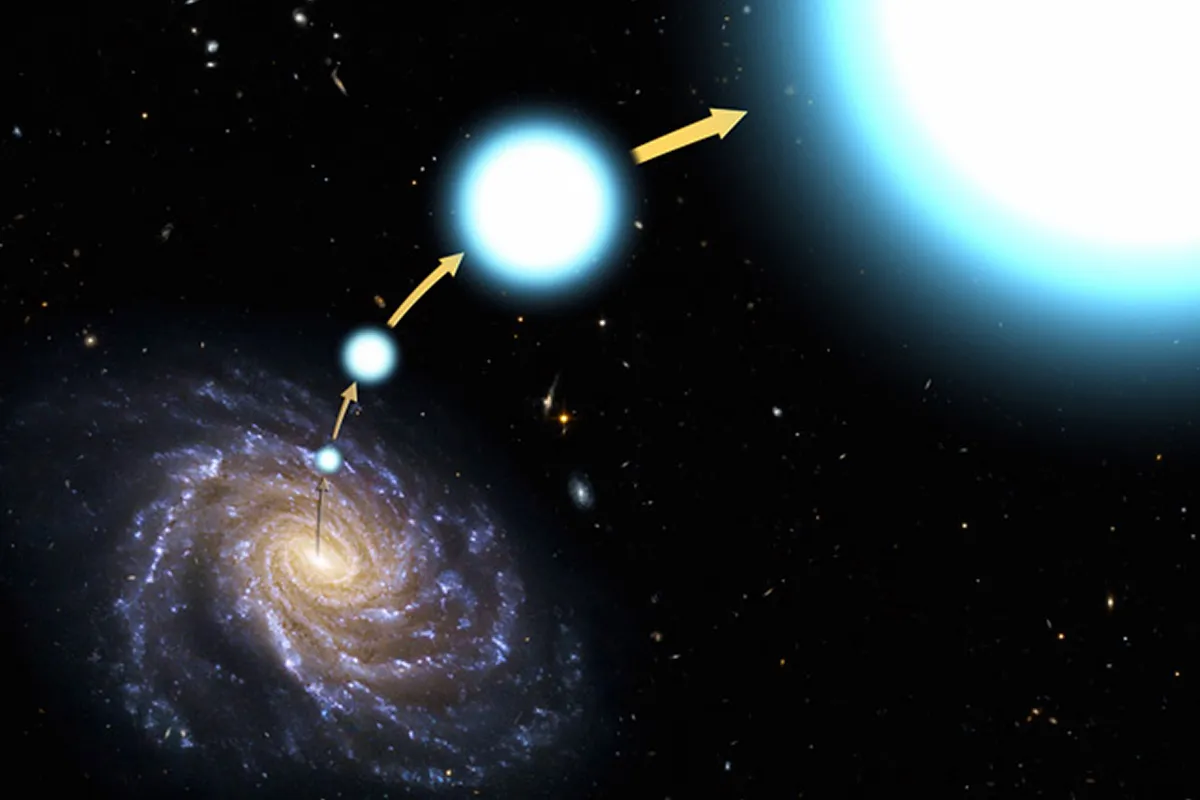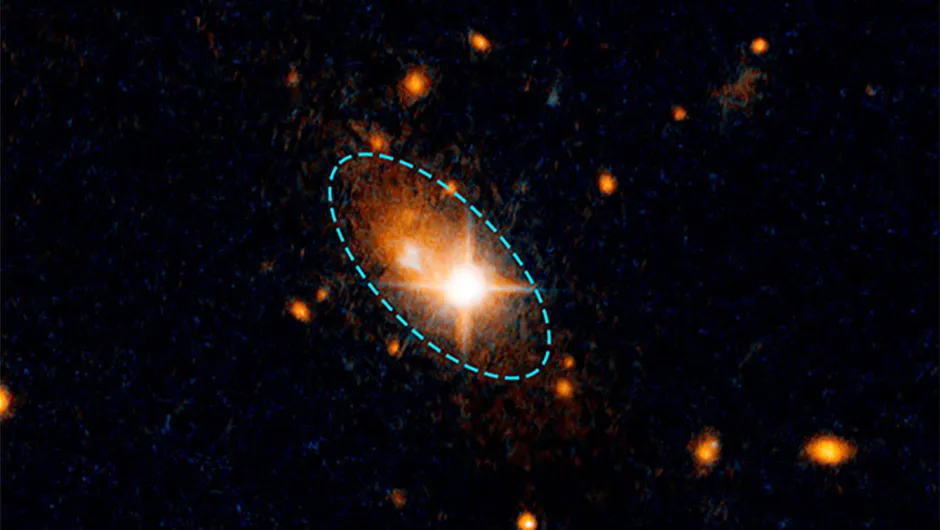Could there be individual rogue stars out there in the cosmos, roaming the space between galaxies?
Those of us who are interested in space and astronomy most likely have firm grasp on the build-up of the Universe.
Moons orbit planets, planets orbit stars, and stars are accumulated in massive cosmic structures known as galaxies.
Simple, right? But what about intergalactic stellar travel?
Do any rogue stars escape from their galactic home and roam free between galaxies?
More space and astronomy FAQs:
- Big questions about the Universe
- Big questions about the Sun
- Is every star we see located in the Milky Way?

When galaxies interact or ‘collide’, while individual stars are extremely unlikely to actually hit one another - such is the distance between them - the enormous gravitational forces involved cause severe tidal disruption.
This is due to happen to our own Galaxy and our closest major galactic neighbour in an event known as the Andromeda-Milky Way collision.
These galactic collisions often lead to stars in both galaxies being dragged out of their hosts and ejected into intergalactic space, becoming rogue stars.
The loose stars could be dragged back to their original host if their velocity is less than the escape velocity of the galaxy.
Alternatively, they might transfer over into the other galaxy, or they might be booted further into intergalactic space.
There have even been observations of a rogue black hole booted from its galaxy by gravitational waves.

Have roaming stars been found between galaxies?
The first detections of such rogue stars – one was spotted around 300,000 lightyears from the nearest visible galaxy – were made in Hubble Space Telescope observations of the Virgo galaxy cluster in 1997.
It may also be possible for stars to form from lone gas clouds drifting between galaxies.
There would need to be something – like a close approach to another gas cloud or galaxy – to provide the force that would initiate the collapse of the cloud and start star formation.
This article originally appeared in the February 2006 issue of BBC Sky at Night Magazine.
